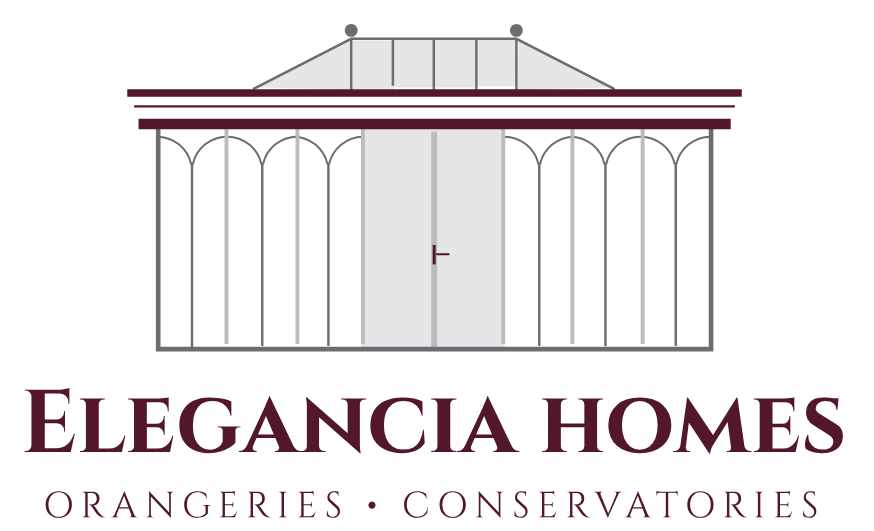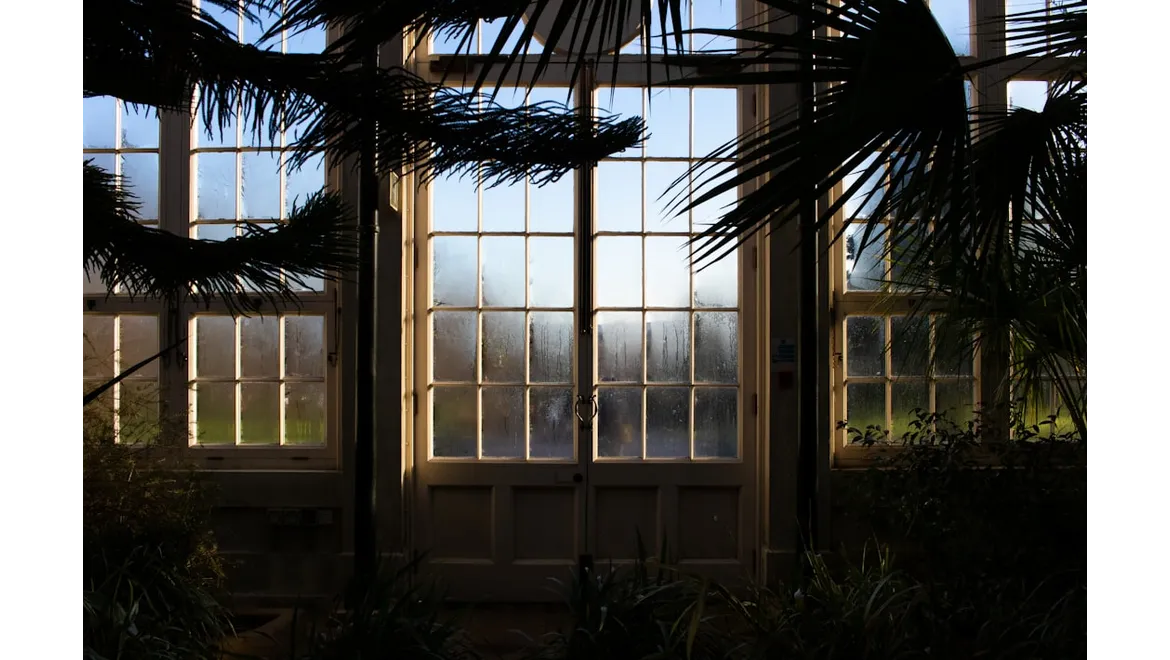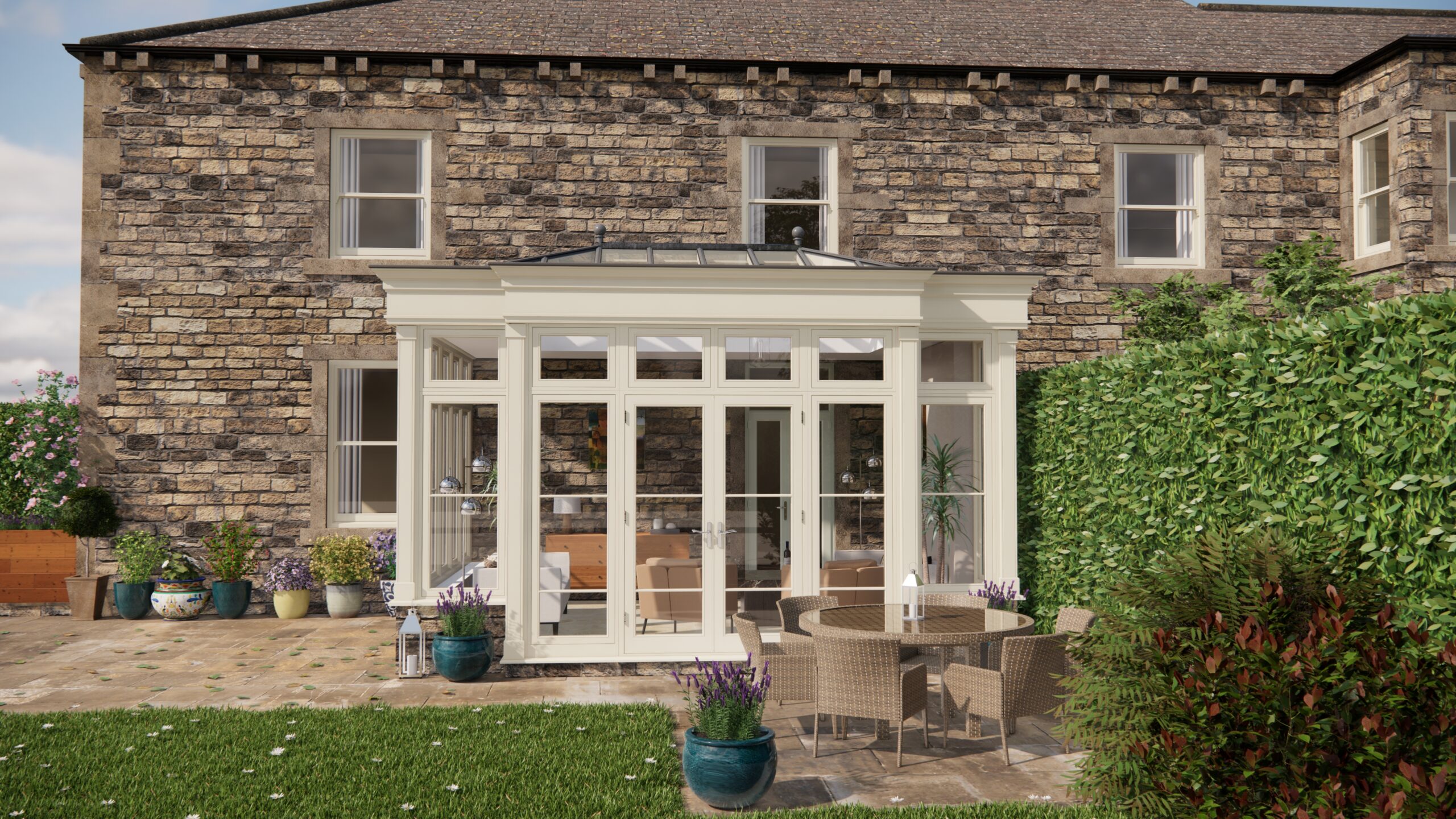So, you’re dreaming of an orangery, a sun-drenched haven attached to your beautiful, but listed, home? Fantastic! But hold on a moment. Before you get swept away by visions of lemon trees and afternoon tea, let’s talk about the cold, hard truth: cost. I recently had a chat with Robert, a seasoned project manager who specialises in listed building extensions, and he shed some serious light on the financial realities.
“It’s a whole different ballgame compared to a modern extension,” Robert explained, leaning back in his chair, a knowing glint in his eye. “Think of it less as ‘building an orangery’ and more as ‘carefully crafting a piece of history’. That mindset shift is key to understanding the budget.”
The Listed Building Consent Hurdle
The first, and often most significant, hurdle is listed building consent. Robert stressed this repeatedly. “Don’t even think about starting without it. Seriously. The fines are astronomical, and you could be forced to undo all your work.” He highlighted the fact that obtaining consent involves a detailed application outlining every aspect of the project, from the materials you’ll use to the construction methods employed. This process often requires engaging specialist consultants, like heritage architects, who understand the intricacies of listed building regulations. Factor in their fees – they are invaluable but can add a considerable sum to your initial costs. The crucial detail here is to include the heritage architect in your planning and costing right from the beginning.
Material Matters: The Heritage Premium
Next up: materials. Forget standard uPVC windows and concrete blocks. When it comes to listed buildings, the emphasis is on authenticity. “Matching the existing building is paramount,” Robert emphasised. “You’ll likely need to source specialist materials like reclaimed bricks, lime mortar, and timber from sustainable sources. These are often significantly more expensive than their modern counterparts.”
He gave an example: replacing a rotten window frame. “A standard softwood frame might cost £200. But a handcrafted oak frame, using traditional joinery techniques, could easily be ten times that price. And that’s just one window!” Always factor in additional lead time for these materials too as they will often not be available “off the shelf”.
Traditional Techniques: The Time Cost
Then there’s the labour. “Traditional building techniques require skilled craftspeople, and they don’t come cheap,” Robert pointed out. “Lime mortar, for instance, needs to be applied differently to cement mortar. It takes longer, requires more expertise, and is more sensitive to weather conditions.” This translates directly into increased labour costs and potentially a longer project timeline. It’s therefore very wise to select the tradesmen well in advance and agree costs. Don’t leave this to chance.
Budgeting Strategies: Respecting Heritage, Saving Pennies
So, how do you manage these increased costs? Robert offered some excellent advice:
- Prioritise: “Decide what’s absolutely essential for maintaining the heritage of the building and what areas offer flexibility. Maybe you can compromise on the internal finishes to save money, while still adhering to the strict requirements for the external structure.”
- Phased Approach: “Consider breaking the project down into smaller, manageable phases. This allows you to spread the cost over a longer period and potentially identify cost-saving opportunities as you go.”
- Thorough Research: “Get multiple quotes from reputable contractors who specialise in listed building work. Don’t just go for the cheapest option. Look for experience and a proven track record.”
- Salvage and Reclaim: “Explore opportunities to salvage materials from other parts of the property or source reclaimed materials from reputable suppliers. This can significantly reduce costs and add character to the new structure.”
- Heating and Damp Proofing Considerations: “Always consider how the orangery will be heated – underfloor heating is almost essential, and factor in excellent damp proofing throughout. This will protect your investment in both the short and long term.”
- Security: “Don’t forget to build security into your plans – security lighting and alarm systems can be added sensitively, and this will give added peace of mind.”
Key Takeaways for Your Orangery Project
Ultimately, building an orangery adjacent to a listed building is a complex and potentially expensive undertaking. However, with careful planning, realistic budgeting, and a commitment to respecting the heritage of your property, it is achievable. Remember to prioritise listed building consent, source specialist materials responsibly, engage skilled craftspeople, and explore cost-saving strategies without compromising on quality or authenticity. By keeping these points in mind, you can create a beautiful and functional space that enhances the value and charm of your historic home, without breaking the bank.


